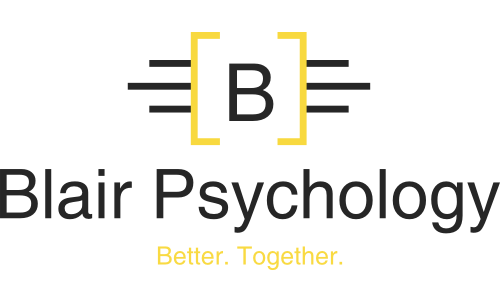“More than kisses, letters mingle souls.”
Asynchronous. For many people, especially parents, it’s been about a year since this word was abruptly thrust into our lives. When many schools closed to in-person learning last spring, districts and parents were forced to instantaneously adapt and create alternative learning plans. Some did it well. Others, not so much.
One of the most impactful decisions educators had to make was whether learning should occur: 1) primarily in a synchronous manner, in which students and teachers interacted real-time, 2) in an asynchronous manner in which teachers and students interact at a time and pace that suits them, or 3) in a hybrid manner which utilizes both methods. As we’ve seen over the last year, each has its benefits, each has its drawbacks. However, when implemented effectively, each can add value to the learning experience.
In the same way, the strategic use of asynchronous communication, in which partners communicate with each other in a manner that allows them to respond at a time a pace more suited to their disposition, can improve communication between partners. While asynchronous communication is nothing new and we use it whenever we text, email, or leave a voice message for our partner, very few couples have unlocked the full potential of this amazing communication tool.
Why Asynchronous Communication Can Be a Useful Tool in Your Relationship
The inability to communicate effectively is the root of most relational challenges. That’s because there are so many communication traps that couples can fall into. Asynchronous communication can help you avoid many of them. Here are a few of the most common communication pitfalls that can be addressed by strategically using asynchronous communication.
Reactivity/Defensiveness
Some people wear their emotions on their sleeve. If they have a feeling, you’re going to know about it. Sometimes it’s written all over their face. Other times, their body language and energy say it all. That’s not a bad thing, but it can present as a unique challenge when communicating in your relationship.
For some people, fight or flight will always be their initial reaction when put in a situation that could potentially lead to conflict. No matter how gently you bring up an issue, initially, it may not be received well. Your partner might go on the offensive and start attacking, get defensive and start making excuses, or shutdown and withdraw completely. Seeing them gear up for conflict may reflexively put you in conflict mode as well, and off you go. The cycle begins.
Asynchronous communication can help with this situation in that allows reactive partners to have their initial reactions in private. While internally and externally they may still be gearing up for conflict, they have the time and the space to reset and come back to baseline before responding. Most couples fight more about each other’s reactions than they do about the actual issues. Communicating asynchronously is the perfect tool for disrupting this destructive pattern.
Interruptions/Distractions
There’s nothing worse than constantly being interrupted. Good communication is like a game of tennis. Back and forth. Taking turns. Unfortunately, many couples struggle with this basic idea. When one person talks, the other should listen. During conflict however, this is much easier said than done.
Asynchronous communication can get around this common problem by ensuring that each partner is allowed to share their thoughts and feelings in full, without being interrupted or distracted. This allows you to stay on topic and discuss the real issues at hand rather than focusing on your frustrations around your partner’s inability let you finish.
Clarity
Most of us are not nearly as good at communicating our thoughts, feelings, wants, and needs as we think we are. Writing forces us to make the implicit, explicit, thereby introducing a higher level of clarity into our communication. However, texting is usually not the way to go here. It's way too easy to impulsively fire off a text. Think email or a hand written letter.
Research suggests that the tone of our emails and letters is usually perceived as more negative than we intend, so be careful here. Here are some helpful tips:
Avoid harsh language and disparaging comments.
Address the problematic behavior but don’t attack character.
Use “I” statements.
Re-read and edit as necessary.
Let it marinate. Wait a few hours before sending.
Accountability
Words are like toothpaste being squeezed out of the tube. Once they’re out, you can’t put them back in. Unfortunately, far too many people are careless with their words. They can say some of the most mean, hurtful things to their partner and then refuse to apologize because they “don’t remember” saying them, or deny saying them altogether. Asynchronous communication can help couples choose their words more wisely. Not only does it encourage more clarity, but when we put things in writing, we have no choice but to be held accountable for what we say.
So if you find yourself struggling in your real-time communication with your partner, try going asynchronous for a while to disrupt your current cycle. Maybe not for all of your conversations, but definitely for the ones that reliably end with both partners feeling unheard and upset. Give it a try and let me know how it goes.
Come back every Monday for my latest post.
Have a topic you’d like to hear about? Email me at Drjblair@gmail.com

